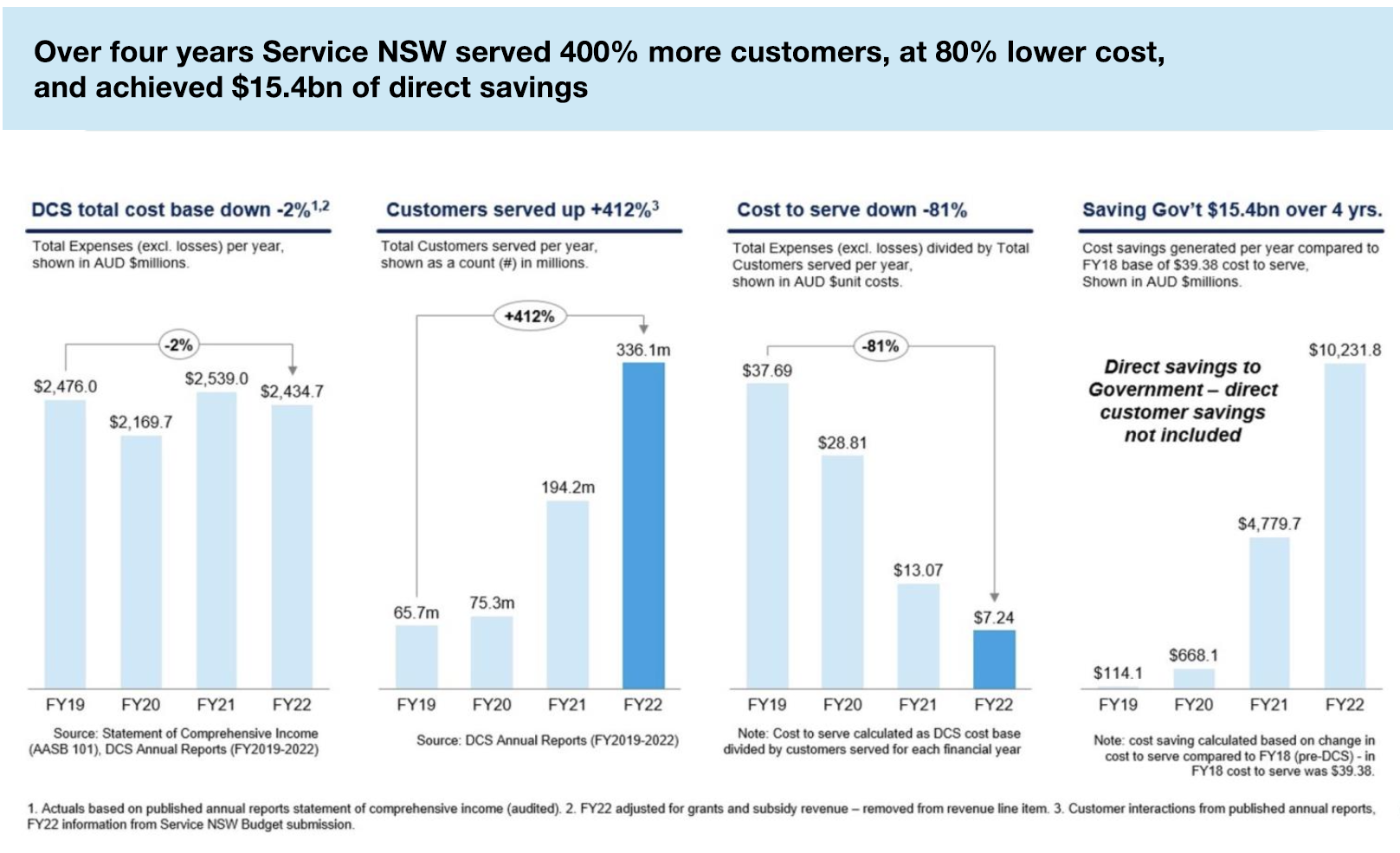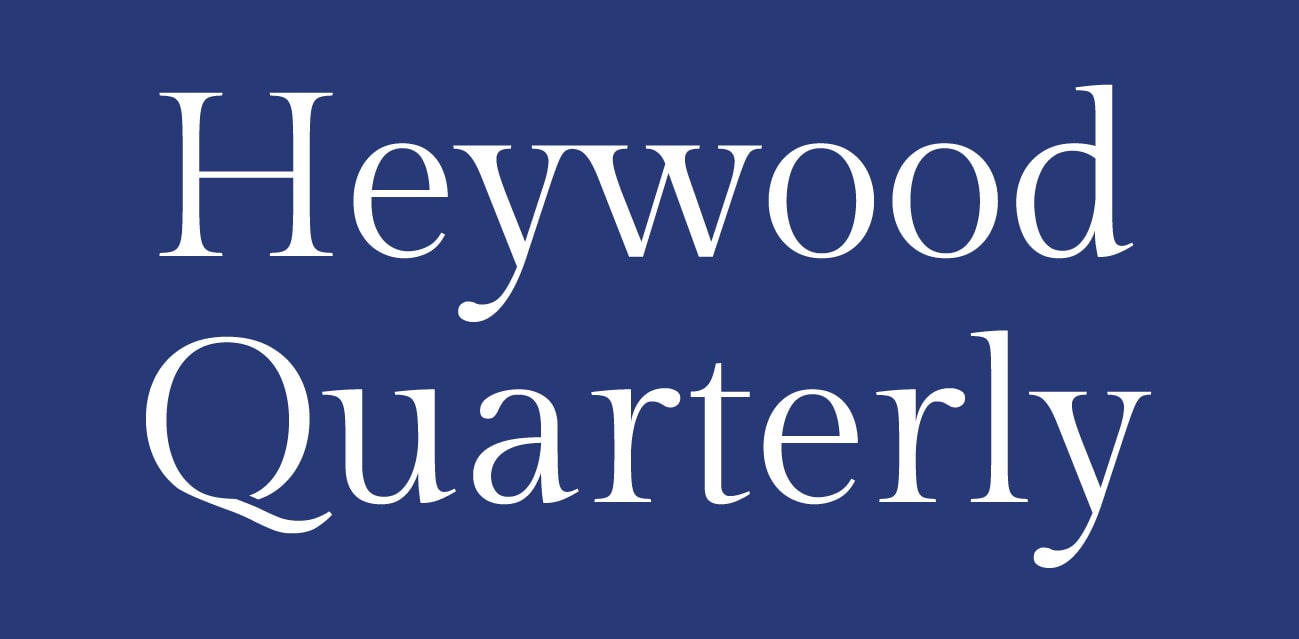True digital transformation requires reimagining the citizen experience from scratch, argues Victor Dominello, CEO of the Future Government Institute and a former New South Wales Minister for Customer Service.
Editor’s Note:
Across the world, governments are seeking to digitise and humanise their services. There have been many false dawns, including the UK’s Verify system. Against this background, the digital reforms in New South Wales (NSW), Australia, stand out as an early success story – particularly among Anglo-Saxon countries where privacy and operational concerns have often hampered digital transitions. Strikingly, high citizen adoption of digital services occurred on a voluntary basis, and achieved better than 90% satisfaction ratings. With many other countries looking to learn lessons, we asked the Minister and champion of the NSW transformation to share his experience, and how he sees digital services evolving in future. It may be no coincidence that the UK government announced recently that it will be launching a digital driving license later this year – a similar shift played a crucial role in the NSW model.
When someone you love dies, grief should be met with compassion – not bureaucracy. Yet historically, governments have consistently failed individuals at precisely this moment, demanding complexity rather than offering comfort.
For decades, grieving families have faced fragmented bureaucratic mazes – each agency requiring separate forms, separate proof and separate procedures. Often, they have to repeat the same devastating words over and over again: “Someone I love has died. What do I do next?”
Each time, that sentence lands heavily. And too often the response is a set of instructions to contact yet another department, fill out another form, and relive the loss another time.
In order to address these issues, Australia introduced the Australian Death Notification Service (ADNS) at the end of 2020 – a genuine step forward that allows families to notify multiple institutions through a single online form. Yet, despite its good intentions, the ADNS has remained trapped within the limits of what I call Government 2.0: better digital interfaces but the same underlying bureaucratic burden. No status tracker, no proactive follow-up and no personalised guidance.
Now imagine grief in a different world – the reality of Government 3.0.
A single, secure registration that instantly alerts all relevant agencies: Centrelink (which delivers income support and other benefits to Australians) suspends payments, Medicare records update quietly, utility bills pause automatically. A personalised digital dashboard is created, transparently displaying which actions have been completed, and outlining what comes next. A concierge gently checks in: “We’re here to help. Would you like assistance with funeral grants or grief counselling?”
No more repetition. No more uncertainty. No more reliving the pain to satisfy procedural checklists. In Government 3.0, government systems proactively wrap around the citizen, offering support rather than complexity, dignity rather than paperwork.
Haunted houses: government at its worst
Traditionally, governments have looked like haunted houses – labyrinthine structures filled with locked doors, each guarded by its own gatekeeper. Need a driver’s licence? Go to one room. A birth certificate? Another. Mental health support? Good luck even finding the corridor.
Born in the industrial era, this departmental model suited linear processes, rigid roles and slow paper trails. Today, however, it’s more than outdated – citizens lose hours navigating fragmented services; governments lose billions in duplicated effort.
When I served as Minister in New South Wales, I saw first-hand the urgency of breaking down these silos. Physical reforms, such as opening more than a hundred unified Service NSW centres and deploying mobile service buses to rural communities, were critical first steps. But physical reform alone could never resolve deeper structural fragmentation.
To achieve genuine change, we had to fundamentally rethink our approach – not merely digitise it.
Digital transformation: a single front door
True horizontal government demands more than digital tools. It requires reimagining the citizen experience from scratch. Take the Service NSW app which before 2019 was a simple transactional portal but has since been transformed into a trusted digital concierge. Central to its make-up was the Digital Driver Licence (DDL) – a secure, real-time document adopted voluntarily by 85% of drivers, with a customer satisfaction rate of 93% and widely recognised as proof of identity across the State and beyond.
As the pandemic unfolded, the Service NSW app rapidly evolved – expanding to include COVID-19 vaccine certificates, QR code check-ins, small business support and economic stimulus vouchers. Under a traditional Government 2.0 model, these services would have been delivered separately: vaccine certificates by the Health Department, QR check-ins by Police or compliance agencies, border passes by Transport, and stimulus support by Treasury or Finance. Each would have required different portals, different credentials and different user experiences. Instead, they came together – intentionally and seamlessly – into a single, trusted platform. What could have been a fragmented, multi-agency maze became a unified, user-friendly front door.
This digital ‘front door’ wasn’t imposed, incidentally – it was eagerly adopted because it genuinely improved lives. Citizens embraced it precisely because it simplified interactions, saving time and removing confusion.
From citizen to customer – and beyond
Historically, the word ‘citizen’ has implied a person’s rights and obligations, particularly in regard to voting and civic participation. Yet governments today serve far more than their own citizens: they deal with migrants, refugees, international students, tourists and business owners – each with legitimate expectations of government service, regardless of voting status.
Recognising this shift, New South Wales took an unprecedented step in 2019: we established what may have been the world’s first dedicated Department of Customer Service. It wasn’t a customer service policy unit, nor was it a small agency. It was an entire department. As its inaugural Minister, I had the privilege of leading a structural transformation that brought together more than 30 agencies and business units – entities that, to the public, may have seemed disconnected or unrelated.
From the outside, after all, what do Fair Trading, SafeWork, Births, Deaths and Marriages, Service NSW, the Privacy Commissioner and the Telco Authority have in common? On paper, not much. But internally, they were ‘touchpoints’ where government met the individual. And by uniting them under a single departmental umbrella, we created the first meaningful platform for horizontal government in Australia.
Under one roof we combined high-volume service delivery arms like Service NSW with strategic policy engines like the Data Analytics Centre, and behavioural experts in the Behavioural Insights Unit. We integrated economic regulators with privacy watchdogs, infrastructure planners with front-line help desks. All were aligned around a single goal: to improve the lives of the people we serve.
What looked fragmented on the outside became our first attempt at transforming government from a series of disjointed transactions into a connected, human-centred system.
From 0.0 to 3.0 – The Journey to Horizontal Government
To fully grasp horizontal government’s promise, consider how experiences change at each stage, especially during critical moments like bereavement:
Government 0.0 (paper-based): individuals physically visit multiple agencies, repeating their grief at every step – bureaucratic demands compound emotional distress
Government 1.0 (digital islands): services move online, but each agency requires separate logins and forms. The grief remains, now translated into digital distress
Government 2.0 (better interfaces): tools like ADNS simplify initial steps, but uncertainty persists. Without visibility or follow-through, individuals still bear the administrative burden
Government 3.0 (horizontal integration): proactive, empathetic services. Automatic notifications, unified dashboards, proactive support. Government finally becomes a source of reassurance, not stress
Four forces driving horizontal government
Today, there are four converging forces driving all governments in this direction, including the UK.
First, financial pressure. Public budgets, already strained by ageing populations, economic shocks and pandemic recovery, must now do more with less. Horizontal integration offers essential efficiency gains.
Second, erosion of trust. Citizens can now compare the performance of government services against private sector providers, and the results are not always flattering. Fragmented, frustrating experiences diminish trust and engagement, while integrated, responsive services build confidence.
Third, technological acceleration. Advances in AI, data analytics and automation hold enormous potential – but only if government infrastructure evolves accordingly. Without horizontal structures, powerful new technologies will remain under-utilised.
Finally, global volatility. Pandemics, geopolitical instability, climate disasters and tariff wars are just some of the crises with which governments are grappling. Horizontal integration will inevitably help leaders adapt with greater rapidity.
Next steps on the way to 3.0…
The good news is that the UK has long been a leader in digital government, notably with the launch of GOV.UK and the creation of the Government Digital Service (GDS)in 2011.
Many nations, including New South Wales, drew inspiration from the UK’s design-led approach to public service and its emphasis on clarity and accessibility. But even world-leading ‘front doors’ need integrated systems behind them, and the next phase of the horizontal transformation for the UK will be about data interoperability, structural agility and predictive delivery.
In New South Wales, creating a truly horizontal government has meant more than adopting new technologies – it has demanded a wholesale shift in institutions, mindsets and ways of working. Here are six lessons from our journey.
Political will: The “Noah’s Ark” Committee
The Cabinet sub-committee I chaired was co-chaired by the Premier and included the Treasurer and Deputy Premier. We met every fortnight to make decisions that cut across siloed portfolios. With the Premier in the room each time, every department understood this was a top government priority. I referred to it as the “Noah’s Ark” committee and would tell departments that they needed to buddy up – if two or more departments submitted a joint proposal, and it truly improved the citizen journey, the application for funding had greater prospects of success.
Agile funding: from moats to momentum
Traditional line-item budgets are departmental moats – impenetrable and self-serving. We disrupted the status quo by establishing a $2.2 billion Digital Restart Fund (DRF) tied solely to outcomes. InfoShare, launched by NSW’s Department of Communities and Justice in 2021 with DRF support, positioned NSW as a global leader in Government 3.0 innovation. Through InfoShare’s real-time data lab, government and service providers jointly accessed, analysed and improved service outcomes based on shared evidence, not assumptions. InfoShare broke silos, connected real-time data and measured impact rather than activity.
Legal reform: from lore to law
I remember the data labyrinth – corridors of siloed spreadsheets, each department guarding secrets like haunted scrolls. The NSW Data Sharing Act 2015, however, flung open the gates, transforming whispered lore into binding law. Our Human Services Data Set wove 27 years of de-identified records across 11 agencies into one tapestry of insight. When we launched Their Futures Matters reforms the result was better targeted investments for vulnerable children, trauma-informed care, and more stable placements for Aboriginal youngsters.
Capability building: hiring for a new mindset
We didn’t merely hire more of the same public servants. We recruited engineers, designers, product managers and behavioural scientists charged not with tweaking old systems but with reimagining them. Our Service Circles invited everyone – from frontline staff to the CEO – to pitch customer-facing solutions; winning ideas went straight into delivery. When rebuilding the driver’s licence, our vendor partner did not just write code but helped transfer skills. Nine months later we not only had a beta product but new internal capabilities for future digital challenges.
Trust by design: the SPRITE framework
Trust is not a luxury; it is the bedrock. We wove SPRITE into every service: Security and Privacy that citizens can feel; Resilience to adapt and recover; Inclusion so no one is left outside; Transparency that turns mystery into understanding; and Ethics as the moral compass. Each digital service was built as a trust machine – without trust, adoption falters and the impact weakens.
Outcome-driven metrics: public value as our north star
We shifted from counting forms processed to measuring minutes saved, trust earned and dollars returned. The outcome? Service NSW now serves over 400% more customers at 80% less cost, delivering $15.4 billion in direct savings over four years. Public value, not activity, guides every decision – and in turn, inspires further reform.

The Hon Victor Dominello is the former NSW Minister for Customer Service and CEO of the Future Government Institute. He led digital transformations, including Service NSW and the Digital Driver Licence, and is a passionate advocate for citizen-centred governance.
*See James Plunkett’s review of Platformland in Heywood Quarterly – Third Edition, p.23 for further insight into digital service transformations in the UK.





